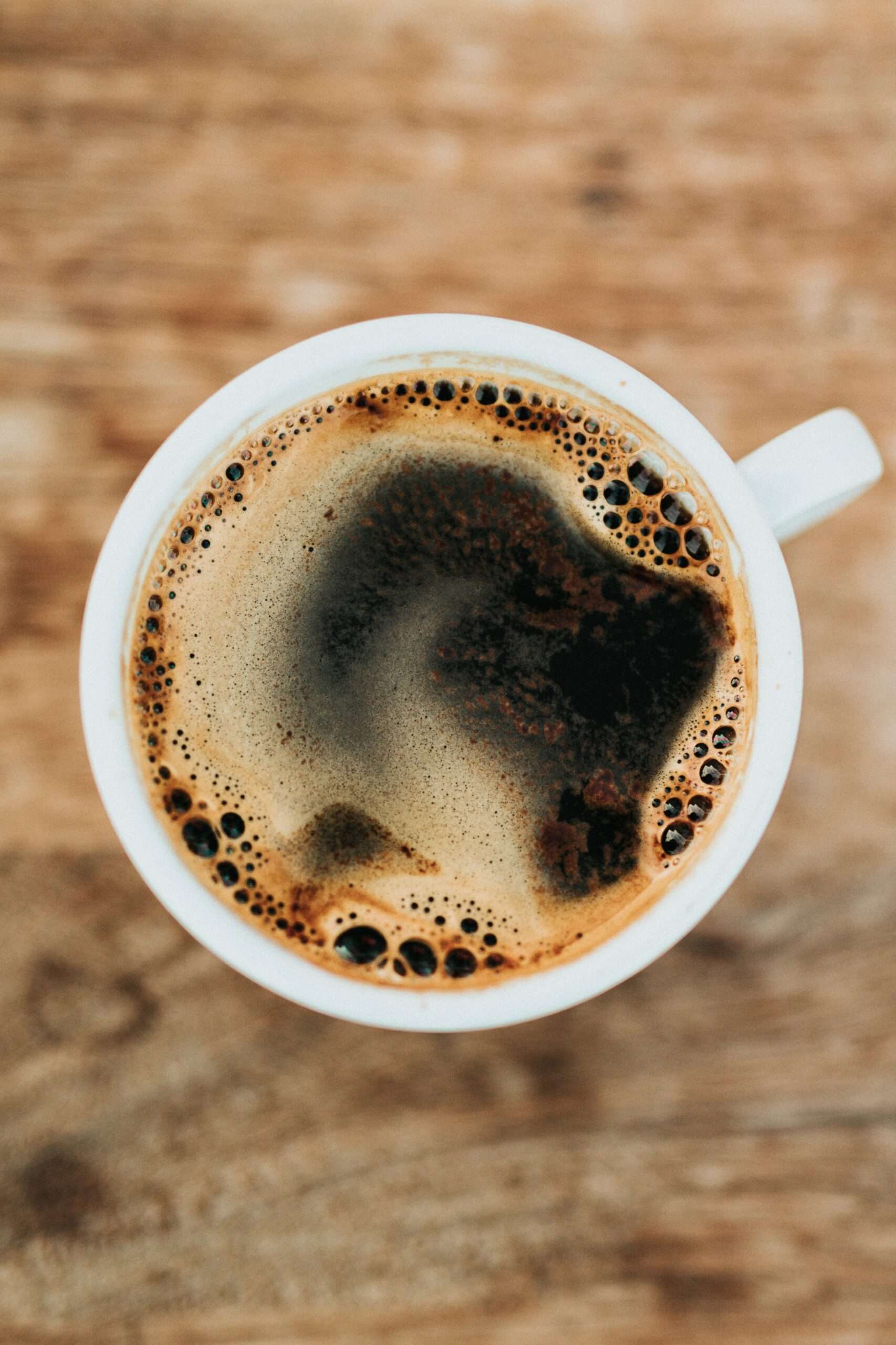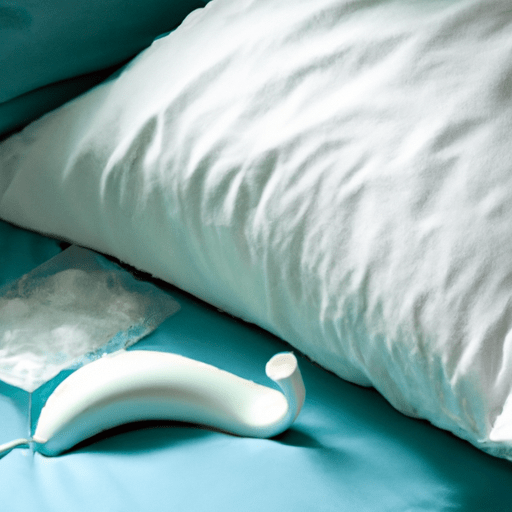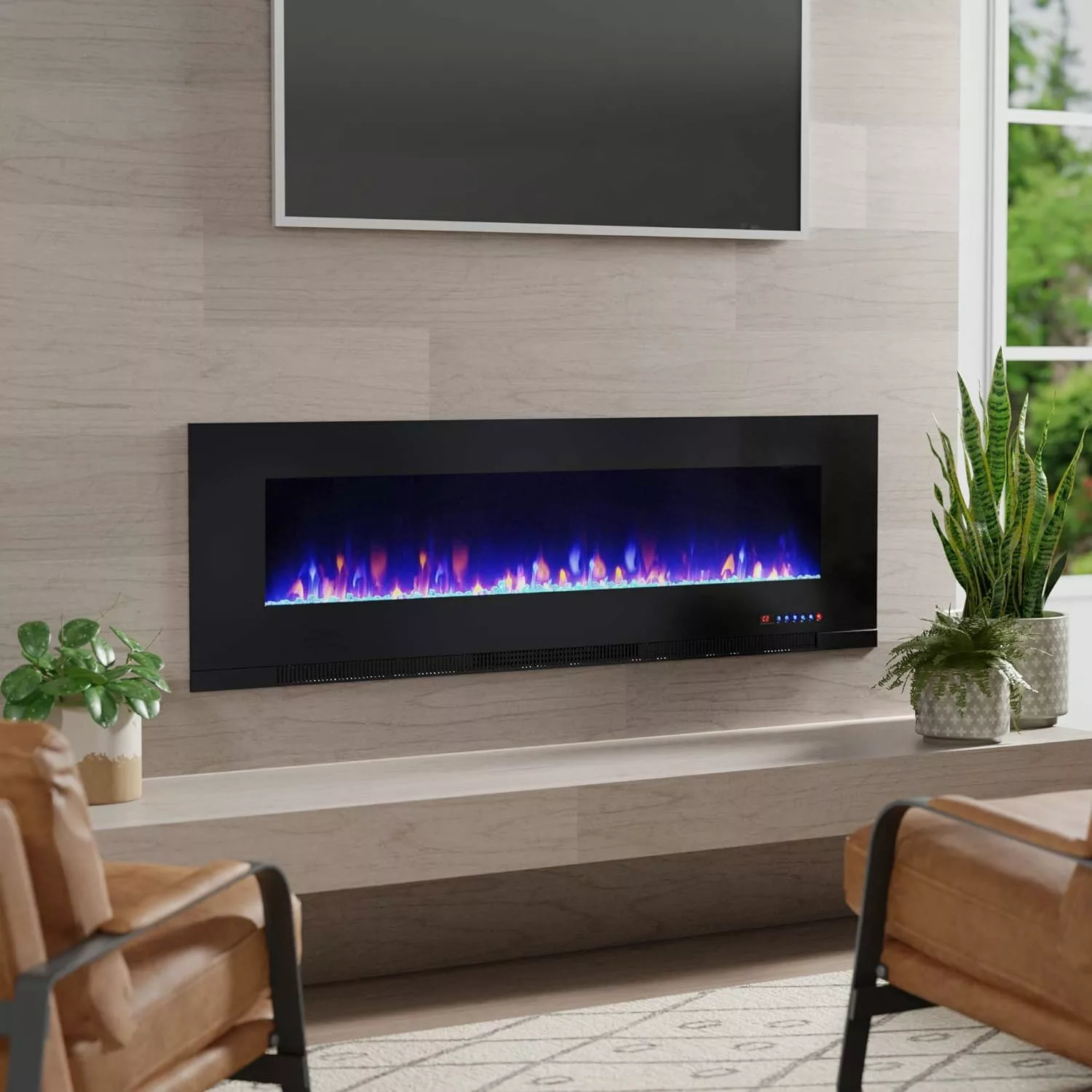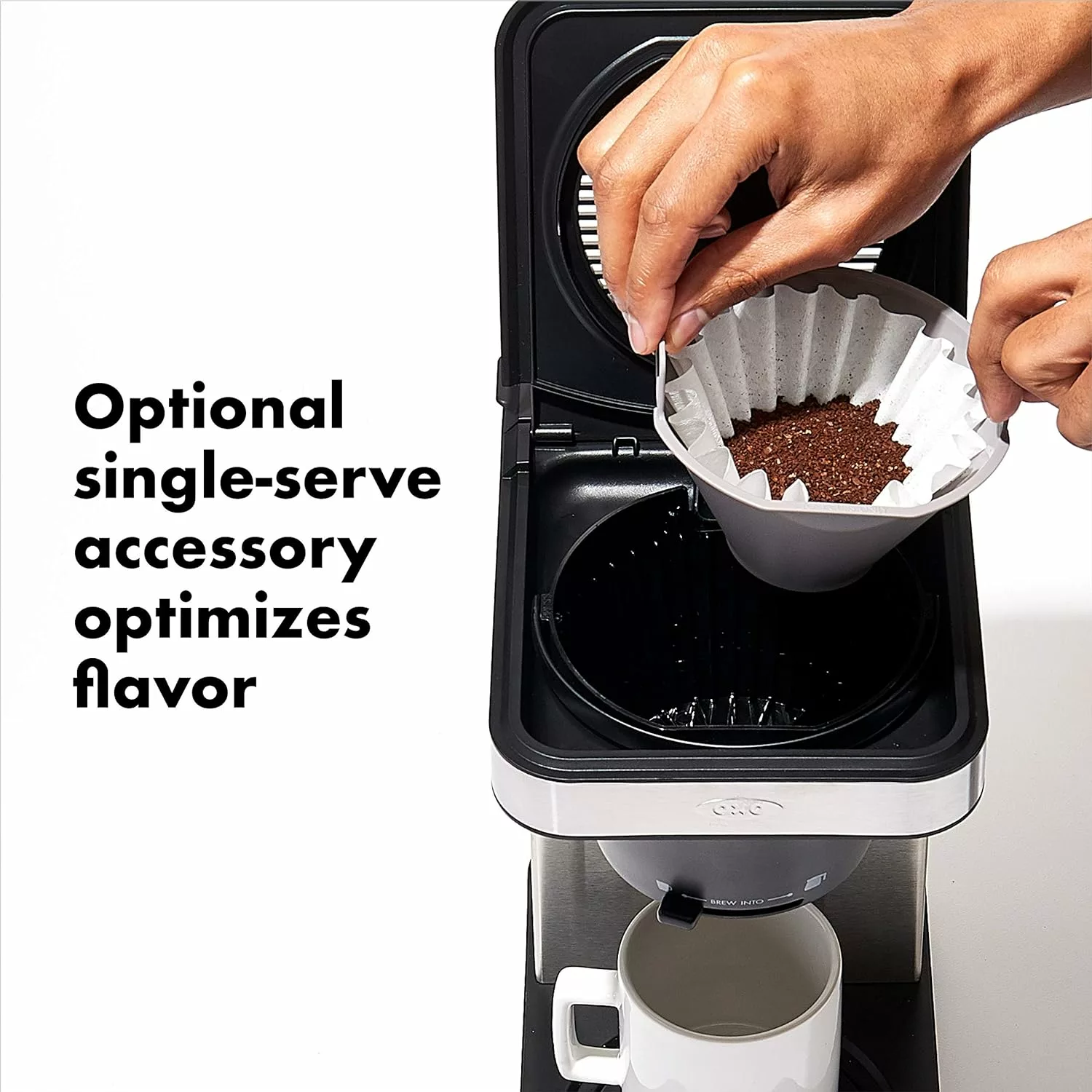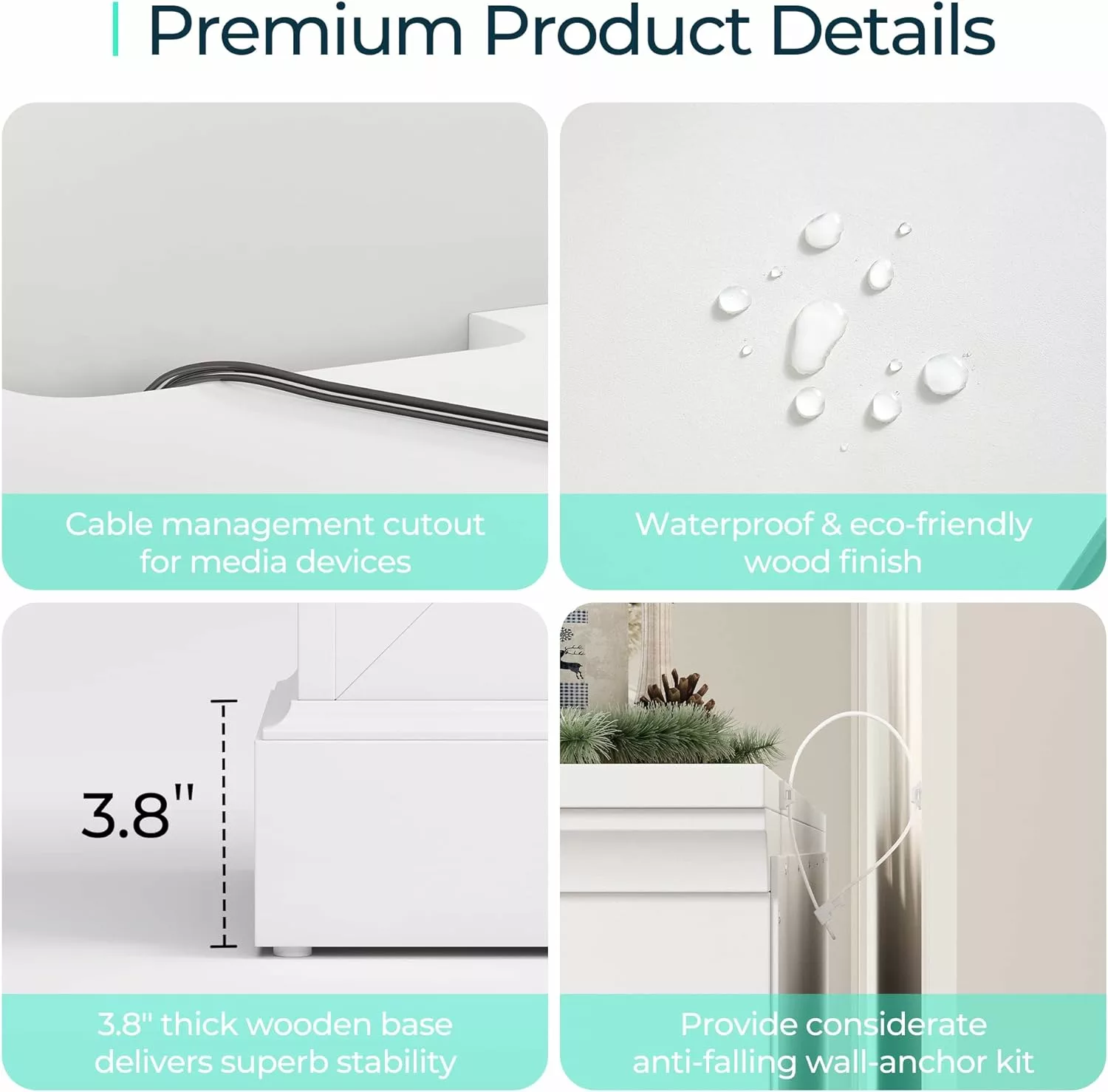Imagine stepping into your kitchen, craving a piping hot cup of tea, but realize you’re out of stove fuel or simply don’t own a kettle. Don’t fret – your trusty coffee maker can save the day! In this article, we’ll reveal a brilliant hack for using your coffee maker to effortlessly boil water. With just a few simple steps, you’ll be savoring that comforting mug of tea in no time, all thanks to your versatile coffee maker.
Understanding Your Coffee Maker
Coffee makers come in various types, each with its unique features and functions. Before diving into the process of using your coffee maker to boil water, let’s take a closer look at the different types of coffee makers available in the market.
Different Types of Coffee Makers
-
Drip Coffee Makers: These are the most common type of coffee makers found in households. They work by slowly dripping hot water over ground coffee beans, resulting in a flavorful and aromatic cup of coffee.
-
Percolator Coffee Makers: Percolators function by cycling boiling water through coffee grounds using gravity. They offer a stronger and richer coffee flavor compared to drip coffee makers.
-
Espresso Machines: These machines use pressure to force hot water through finely ground coffee, creating a concentrated and bold espresso shot. Espresso machines also come with a steam wand for frothing milk, allowing you to create delicious lattes and cappuccinos.
Now that you have a better understanding of the different coffee maker types let’s explore the safety features and precautions you should consider.
Safety Features and Precautions
Coffee makers often come with safety features to ensure a secure brewing experience. Some common safety features include automatic shut-off timers, overheat protection, and child safety locks. It is essential to familiarize yourself with these features and read the user manual to understand how they work.
Additionally, here are a few precautions to keep in mind while using your coffee maker:
- Never leave your coffee maker unattended while it is in use.
- Always use the recommended amount of water to avoid overflow.
- Avoid touching hot surfaces and handles without proper protection.
- Keep the coffee maker away from flammable materials.
- Regularly clean and maintain your coffee maker to prevent any malfunctions.
Now that we have covered the safety aspects, let’s delve into the components of a coffee maker and their functions.
Components and Their Functions
-
Water Reservoir: This is where you fill the coffee maker with water. It provides the water necessary for brewing or boiling.
-
Brew Basket: The brew basket holds the coffee grounds or tea leaves during the brewing process. In the case of boiling water, you can skip using the brew basket.
-
Heating Element: The heating element is responsible for heating the water to the desired temperature. It ensures that the water reaches a boiling point efficiently.
-
Control Panel: The control panel allows you to adjust settings such as temperature, brewing strength, and brewing time. It varies based on the type and model of your coffee maker.
-
Carafe or Cup Platform: This is where the brewed or boiled water collects. It can be a glass carafe or a platform to hold your cup or mug.
Now that we know the components and functions of a coffee maker, let’s explore the reasons why using a coffee maker for boiling water is beneficial.
Reasons to Use Coffee Maker for Boiling Water
Whether you’re in a hurry or looking for convenience, using your coffee maker to boil water offers several advantages. Let’s explore some of the reasons why many people opt for this method.
Energy Efficiency
Coffee makers are designed to efficiently heat water to the perfect temperature required for brewing coffee. Since they are specifically built for this purpose, they often consume less energy compared to stove-top methods of boiling water. This energy-saving feature can lead to lower utility bills and a reduced carbon footprint.
Convenience
Using a coffee maker to boil water eliminates the need for a separate kettle or pot. With a coffee maker, you can simply fill the water reservoir, press a button, and let the machine do the work. This convenience is particularly beneficial when you’re multitasking or have limited time in the morning.
Reduction of Kitchen Clutter
By using your coffee maker as a water boiler, you can declutter your kitchen countertop. Instead of having multiple appliances taking up space, you can rely on the versatile functions of your coffee maker for various tasks, including boiling water.
Versatility of Coffee Makers
Coffee makers are not limited to just brewing coffee. By utilizing the hot water feature, you can use them for various purposes, such as brewing tea, making hot chocolate, or even preparing instant soups and oatmeal. This versatility allows you to expand the functionality of your coffee maker beyond just making coffee.
Now that you’re convinced of the benefits, let’s move on to the preparation stage before boiling water in your coffee maker.

This image is property of images.unsplash.com.
Preparation Stage
To ensure a safe and efficient boiling process, there are a few essential steps to follow before using your coffee maker to boil water.
Cleaning the Coffee Maker
Before each use, it’s crucial to clean your coffee maker thoroughly. This helps remove any residue or impurities that may affect the taste of the boiled water. Follow the manufacturer’s instructions for cleaning or use a vinegar-water solution to descale the machine regularly. Rinse thoroughly with water to ensure no cleaning solution remains.
Checking the Components for Safety
Inspect the coffee maker’s components, including the water reservoir, brew basket, and carafe or cup platform, to ensure they are clean and in good condition. Look for any signs of damage that may affect the boiling process or compromise safety. If you notice any issues, contact the manufacturer or seek professional assistance.
Filling the Water Reservoir
Once your coffee maker is clean and in good working condition, fill the water reservoir with the desired amount of water. Ensure that you do not exceed the maximum capacity indicated by the manufacturer to avoid any overflow during the boiling process.
Now that you have completed the preparation stage, let’s dive into the step-by-step processes of boiling water in different types of coffee makers.
Boiling Water in Drip Coffee Makers
Drip coffee makers are the most commonly used household coffee makers, making them an excellent choice for boiling water. Here is a step-by-step process to follow for boiling water in a drip coffee maker.
Step-by-Step Process
-
Plug in your coffee maker and turn it on.
-
Fill the water reservoir with the desired amount of water for boiling.
-
Close the lid or water reservoir cover securely.
-
Place an empty carafe or cup on the carafe platform to collect the hot water.
-
Press the “brew” or “on” button to start the brewing process.
-
The coffee maker will automatically heat the water to the optimum temperature for boiling. It may take a few minutes, depending on your coffee maker model.
-
Once the boiling process is complete, the coffee maker will turn off automatically, or you may need to manually turn it off.
-
Carefully remove the carafe or cup with hot water, using oven mitts or a heat-resistant glove to avoid burns.
Tips for Best Results
- Use the recommended amount of water based on your desired quantity of boiled water.
- Clean your drip coffee maker regularly to maintain optimal performance.
- Use filtered water for better taste and to prevent mineral deposits.
Potential Problems and Fixes
- If the water is not heating or the coffee maker is not turning on, check the power connection and verify that all components are correctly assembled.
Now that you’re familiar with boiling water in a drip coffee maker, let’s move on to percolator coffee makers.

This image is property of images.unsplash.com.
Boiling Water in Percolator Coffee Makers
Percolator coffee makers provide a different brewing process compared to drip coffee makers. Here is a step-by-step guide on boiling water in a percolator coffee maker.
Step-by-Step Process
-
Add the desired amount of water to the percolator’s water chamber.
-
Place the percolator basket on top of the water chamber. Make sure it securely fits.
-
Add the coffee grounds (optional). Since we are boiling water, you can skip this step if you only need hot water.
-
Assemble the percolator’s lid and handle.
-
Place the percolator on a heat source, such as a stovetop or electric burner, and turn on the heat.
-
Allow the water to boil and percolate through the grounds for a few minutes.
-
Once the water reaches the desired boiling point, remove the percolator from the heat source.
-
Carefully pour the boiled water into a separate container, using oven mitts or a heat-resistant glove to avoid burns.
Tips for Best Results
- Use a medium to medium-coarse grind for coffee grounds to prevent clogging the percolator basket.
- For faster boiling, start with preheated water.
- Monitor the percolation process to prevent over-extraction or burning of the coffee grounds.
Potential Problems and Fixes
- If the percolator is not percolating properly, check for clogs in the basket and ensure the lid is tightly secured.
Now that you know how to boil water in a percolator coffee maker, let’s move on to the step-by-step process for espresso machines.
Boiling Water in Espresso Machines
Espresso machines offer a unique method of boiling water, typically used for brewing espresso shots. Here is a step-by-step process to follow when using an espresso machine to boil water.
Step-by-Step Process
-
Fill the espresso machine’s water reservoir with the desired amount of water.
-
Ensure the water reservoir is securely locked in place.
-
Turn on the espresso machine and allow it to heat up.
-
Activate the hot water dispenser option by selecting it on the control panel or using the dedicated hot water button (if available).
-
Position a cup or container in place to collect the boiled water.
-
Press the hot water dispenser button or follow the instructions on the control panel to start the boiling process.
-
Monitor the flow of hot water and collect the desired amount.
-
Once you have enough boiled water, turn off the hot water dispenser or hit the stop button.
-
Carefully remove the cup or container with hot water, using oven mitts or a heat-resistant glove to avoid burns.
Tips for Best Results
- Always follow the manufacturer’s instructions for your specific espresso machine model.
- Use the appropriate water temperature and pressure settings for optimum results.
- Clean the espresso machine regularly to prevent the buildup of residue and ensure consistent performance.
Potential Problems and Fixes
- If the espresso machine is not heating the water or there is a leak, double-check the water reservoir’s positioning and connections.
Now that we have covered boiling water in different coffee maker types, let’s explore the various uses for the boiled water.

This image is property of images.unsplash.com.
Uses for Boiled Water from the Coffee Maker
Boiled water from your coffee maker can serve a range of purposes beyond just brewing coffee. Here are some common uses for the hot water you’ve prepared.
Making Hot Beverages
Using the boiled water, you can prepare a variety of hot beverages, including tea, hot chocolate, or any other instant drink mixes that require hot water. Your coffee maker’s hot water feature provides a quick and convenient way to have a hot beverage anytime you desire.
Cooking
Boiled water from the coffee maker can be used in cooking various dishes, such as noodles, rice, or soups. Whether you’re in a hurry or simply want to conserve energy by using pre-boiled water, your coffee maker can be a valuable asset in the kitchen.
Cleaning and Sterilization
Boiled water can be used for cleaning and sterilizing kitchen utensils, bottles, or baby items. Its high temperature helps kill bacteria and germs effectively. Be cautious when using boiling water for cleaning to prevent burns, and always allow it to cool down slightly before use.
Now that you know the different ways to utilize the boiled water, let’s discuss maintaining cleanliness and safety after boiling water in your coffee maker.
Cleaning After Boiling Water
Proper cleaning and maintenance of your coffee maker after boiling water are essential for its longevity and ensuring a safe brewing experience. Let’s take a closer look at the cleaning routines you should follow.
Regular Cleaning Routine
After each use, it’s important to clean your coffee maker thoroughly. Start by emptying any remaining water from the reservoir and brew basket, if applicable. Disassemble removable parts, such as the brew basket and carafe, and wash them with warm soapy water. Rinse everything thoroughly and allow the components to dry completely before reassembling.
Deep Cleaning: When and How
In addition to the regular cleaning routine, it’s advisable to perform a deep cleaning at least once a month or as recommended by the manufacturer. Deep cleaning involves descaling your coffee maker to remove mineral buildup. Use a descaling solution or a mixture of vinegar and water to run a cleaning cycle. Follow the manufacturer’s instructions for detailed guidance on the deep cleaning process.
Importance of Descaling
Descaling is crucial for maintaining your coffee maker’s performance and preventing mineral deposits that can affect the taste of boiled water. Regular descaling helps remove scale, calcium, and other mineral buildup, prolonging the life of your coffee maker.
Now that we have covered cleaning after boiling water, let’s move on to safety precautions you should keep in mind while using your coffee maker.
Safety Precautions
While using your coffee maker to boil water, it’s important to prioritize safety to prevent accidents and mishaps. Here are a few safety precautions to follow.
Temperature Control
Handle the coffee maker and any hot components with caution, as they can reach high temperatures during the boiling process. Use oven mitts or a heat-resistant glove when touching hot surfaces or removing hot containers. Allow the boiled water to cool down for a few moments before pouring or handling.
Avoiding Spills and Burns
Carefully pour the boiled water to avoid spills and scalds. Ensure your coffee maker is placed on a stable surface away from the edge to minimize the risk of tipping over. Keep children and pets away from the coffee maker while it is in use, as they may accidentally knock it over.
Safe Handling of the Coffee Maker
When moving or storing your coffee maker, ensure it is cooled down and unplugged. Avoid yanking the power cord to unplug the machine, and instead, gently disconnect it from the power source. Follow the manufacturer’s guidelines for safe handling and storage to prevent any potential accidents.
Now that we have covered safety precautions let’s summarize the pros and cons of using coffee makers to boil water and share some best practices.
Summary: Pros and Cons of Using Coffee Makers to Boil Water
Advantages
- Energy Efficiency: Coffee makers are designed to heat water efficiently, reducing energy consumption compared to stove-top methods.
- Convenience: Coffee makers provide a simple and hassle-free way to boil water with just the touch of a button.
- Reduction of Kitchen Clutter: By using a coffee maker for boiling water, you eliminate the need for additional appliances, reducing countertop clutter.
- Versatility: Coffee makers offer multiple uses beyond just brewing coffee, allowing you to explore various hot beverage and cooking options.
Disadvantages
- Limited Capacity: Coffee makers typically have a smaller water reservoir compared to traditional kettles or pots, limiting the amount of water you can boil at once.
- Longer Boiling Time: Coffee makers may take slightly longer to boil water compared to dedicated kettles or pots designed specifically for boiling.
- Specific Purpose: While coffee makers can boil water, their primary function is brewing coffee. If you require a larger volume of boiled water frequently, a dedicated kettle may be more suitable.
Best Practices
- Follow the manufacturer’s instructions for your specific coffee maker model.
- Clean your coffee maker regularly to maintain performance and taste quality.
- Prioritize safety by using oven mitts or heat-resistant gloves when handling hot components.
- Descaling your coffee maker at regular intervals ensures optimal performance and longevity.
- Avoid using the coffee maker for boiling water if it is damaged or not functioning properly.
By understanding the different aspects of your coffee maker, following safety precautions, and implementing best practices, you can confidently and efficiently use your coffee maker to boil water for a range of purposes.
Now go ahead, enjoy a freshly brewed cup of coffee, or utilize the boiling feature to make your favorite hot beverages, cook your favorite meals, or simplify your cleaning routine.
